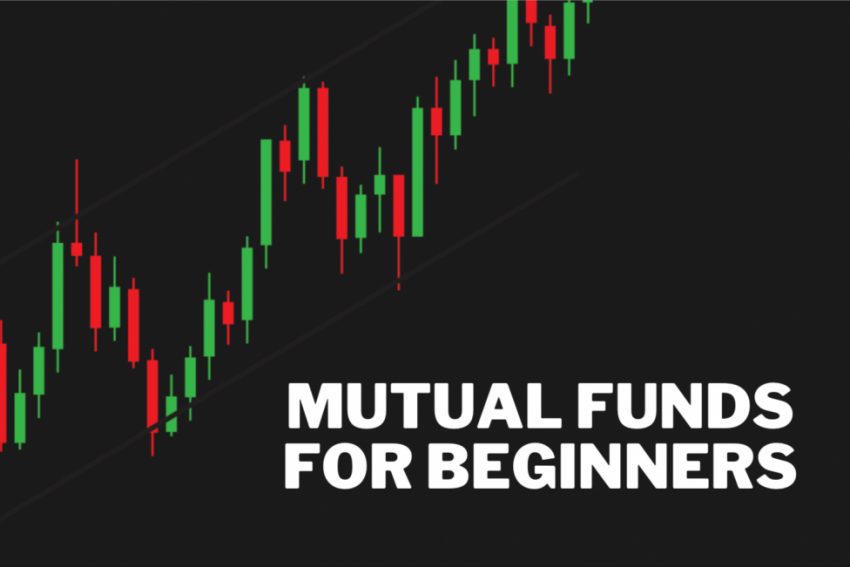When it comes to investing in mutual funds, they are similar to ETFs in that there are thousands to choose from and they can invest in a wide variety of assets depending on the specific strategy of the fund.
However, there are some key differences which need to be discussed, and in this post I want to explain exactly what to look for if you’re new to invest in mutual funds.
What are mutual funds?
Mutual funds allow you to pool your money with other investors and buy a diversified collection of assets in the process. Mutual funds can invest in various assets including stocks, bonds, real estate and even other indexes and funds (known as “funds of funds”).
By investing in a mutual fund, you can build yourself a diversified portfolio of assets based upon your risk tolerance and investing goals.
For example, a mutual fund could invest in 100 different individual stocks and have thousands of investors pooling their money into the same fund, which is used as the capital to purchase those 100 companies. Another mutual fund could perhaps invest in real estate investment trusts (REITs) or even bonds. Either way, you are pooling money with other investors to build a diversified collection of assets and hopefully realize a positive return.
With all this being said, let’s get into some things you should consider before buying into a mutual fund. shed right on the front page at .04% (or just 4/100ths of 1%) and there are no other hidden fees associated with the fund.
5 Things to Consider Before Buying Your First Mutual Fund:
- Your financial goals: Before investing in a mutual fund, you need to determine your financial goals. Are you investing for short-term goals such as a down payment on a house or a vacation? Or are you investing for long-term goals such as retirement? Understanding your goals will help you choose the right mutual fund that matches your investment objectives.
- Risk tolerance: Every investment has a level of risk, and mutual funds are no exception. You should understand the level of risk you are comfortable with and choose a mutual fund that aligns with your risk tolerance. For instance, if you are risk-averse, you may want to consider investing in a balanced fund that has a mix of stocks and bonds, whereas if you have a high risk tolerance, you may opt for an equity mutual fund.
- Fees and expenses: Mutual funds come with fees and expenses that can eat into your returns. You should read the fund’s prospectus to understand the fees and expenses associated with it. You may want to choose a low-cost fund that has a low expense ratio, which can help you maximize your returns.
- Fund manager: The fund manager plays a crucial role in the performance of a mutual fund. You should research the fund manager’s track record, experience, and investment style before investing in the fund. You want a fund manager who has a good track record and a consistent investment style that aligns with your investment objectives.
- Diversification: Diversification is an essential aspect of investing. Investing in a mutual fund that is well-diversified can help reduce your overall investment risk. You should choose a mutual fund that has a mix of stocks, bonds, and other securities that align with your investment objectives and risk tolerance.
By considering these five factors, you can make an informed decision about which mutual fund to invest in and increase your chances of achieving your financial goals. For more information on mutual fund investing, including our most recent mutual fund picks, click here!




